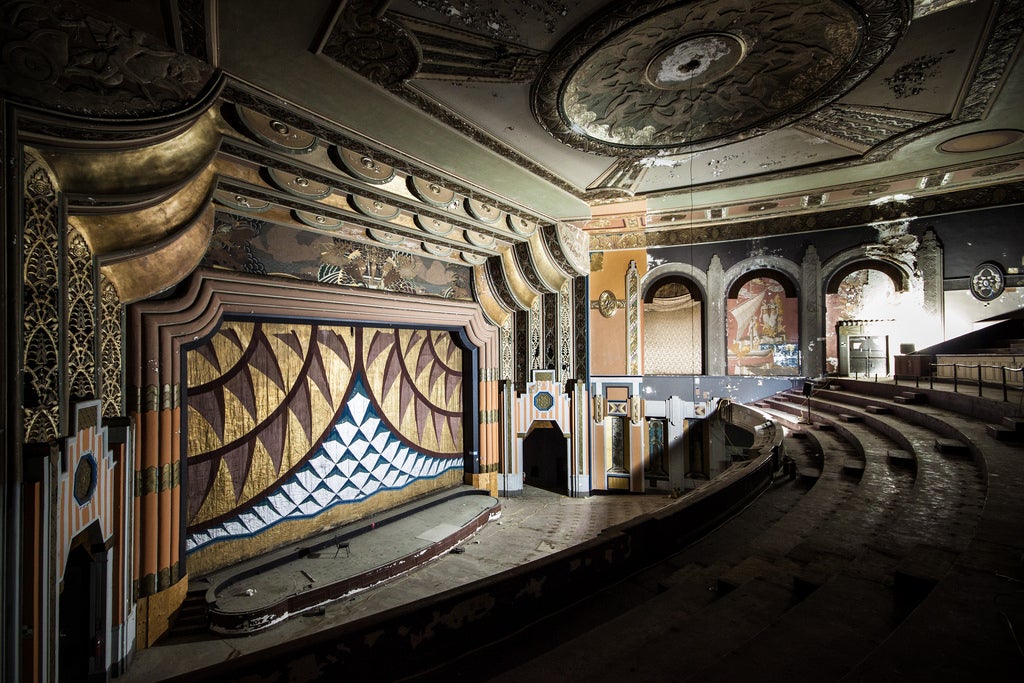We applauded last year when Mayor Kenney created a Historic Preservation Task Force and asked it to recommend how to avoid losses like the Boyd Theater and the impending disfigurement of Jewelers Row. But the clock is now ticking, and the task force’s first report, belatedly issued in March, only surveyed existing conditions. That was all it was supposed to do, but we are among those who feel that it didn’t quite capture the magnitude of the challenges and the opportunities that face this big, historic city.
A lot is at stake. The task force needs to paint a convincing picture of a historic-preservation system that works for everyone: protecting the iconic character of diverse neighborhoods and making historic preservation part of the “value added” in Philadelphia’s hot developers’ market.
The task force has created four subcommittees to make recommendations for the final report, which is due in December. While we worry about this fragmentation of the process, we offer here some suggestions for each committee, in the hope of encouraging its work — and of provoking more public discussion than we’ve heard to date.
SURVEY HISTORIC RESOURCES: What do we protect?
We were America’s largest colonial city and her mightiest industrial city in the 19th century, so we know that we have vast historic resources. But we don’t know as much as we should about exactly what we have, and we know the least about the sites and buildings that may now be most at risk — those outside of Center City.
We need a comprehensive inventory like the one Los Angeles is now completing. Theirs is called SurveyLA (https://preservation.lacity.org/survey), and it provides basic historic information about 880,000 properties across the 500 square miles of the city. Philadelphia has much more history and needs to know at least as much about itself as a starting point for deciding what to protect and how.
This will be a huge project, and like LA, we’ll need to put together public funds, foundation support, and the research power of our great universities to get it done.
REGULATIONS FOR PRESERVATION OUTCOMES: How do we protect it?
As we learn more about what we have, we must develop a strategic plan to protect what we value and serve every neighborhood equally. This will require a larger Historical Commission staff, capable of processing the designation and managing the permitting process for the individual buildings and historic districts that are likely to be identified throughout the city by the survey. And it will demand close coordination with the city Planning Commission, augmenting the historic-preservation component of each district plan in the commission’s “Philadelphia2035” master plan for the city.
To preserve the distinctive character of Philadelphia’s scores of rowhouse neighborhoods, new tools will be needed. In addition to traditional individual and district designations, we should utilize the character-preserving powers of the zoning code and make wider use of Neighborhood Conservation Overlays. But care must be taken lest some areas receive second-class protection.
Because the inventory project will take years, while the development boom places every unprotected property at risk today, some interim form of protection must be developed. Like some cities, we could delay every proposed demolition of an older building while its historic value is assessed. Or (probably more palatably) such delay and evaluation might be limited to properties where the developer is taking advantage of city-provided incentives, including the tax abatement, the Land Bank, and PIDC programs.
INCENTIVES FOR PRESERVATION: Who will pay for it?
We must provide financial incentives for those who preserve the buildings that benefit us all. The use of the diminished but still valuable state and federal tax programs must be encouraged at every opportunity. A revolving fund should be established, perhaps under the oversight of a nonprofit organization, to help low- and moderate-income residents maintain their homes. The “façade easement” program of the Preservation Alliance [for Greater Philadelphia], which gives tax benefits to those who voluntarily agree to preserve their buildings, should be expanded, and TDRs (Transfer of Development Rights) should be reinstated to compensate historic-property owners who are not allowed to erect the largest building that the zoning code permits. Most importantly, real estate taxes and the real estate tax abatement program (if retained) should be adjusted to offer targeted incentives to those who invest in historic properties.
EDUCATION/OUTREACH: What stories can we tell?
The value of historic preservation can be argued on purely financial terms. But for most of us, it is a matter of culture as much as economics. As our understanding of our city’s history expands, we must share it with everyone. A good place to start would be the schools: All students should learn about their city and about their neighborhood from their teachers. Classes can then move outdoors, to learn more from the sites and buildings that we preserve.
The Design Advocacy Group seves as a public forum and advocate for design quality in the planning, architecture and physical development of Philadelphia. Learn more at designadvocacy.org








